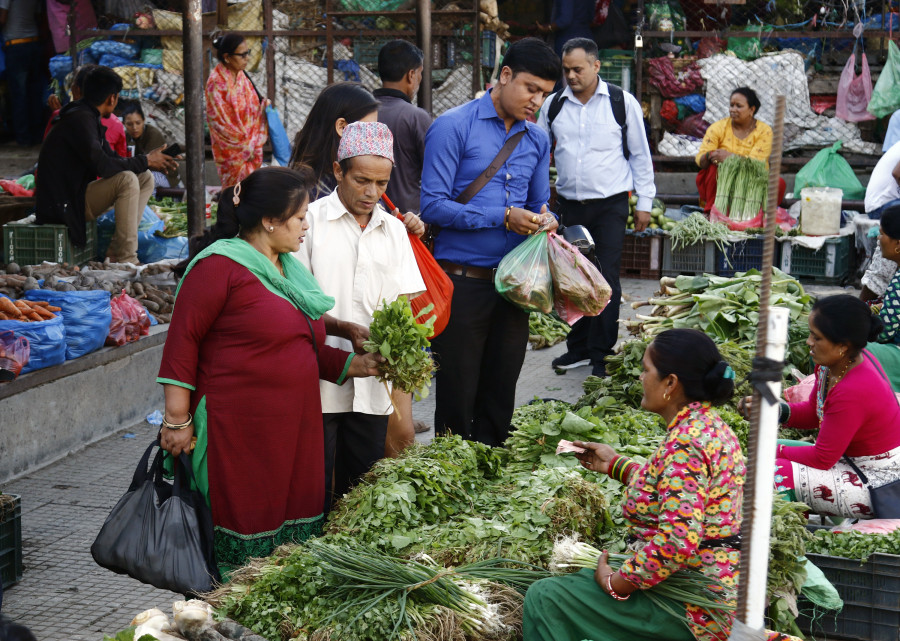Money
Nearly two dozen food items to be examined for residue limits
This is the first time that the Department of Food Technology and Quality Control has added meat items to its list to be examined.
Krishana Prasain
The Department of Food Technology and Quality Control has added 13 more vegetables and fruits and 10 meat items to a list for the examination of maximum residue levels in food. The food standard determination committee has already fixed the maximum residue level in 10 different fruits and vegetables.
Setting up a maximum residue limit on meat items, including fish, has been proposed for the first time. There has been growing concerns related to the use of pesticide in livestock feed and the overuse of medicine and vitamins to improve their yields, which results in a high concentration of residue in processed meat.
A maximum residue level is the highest level of a pesticide residue that is legally tolerated in or on food when pesticides are applied.
The new list of fruits and vegetables are green beans, beans, pointed gourd, capsicum, green chilli, cucumber, luffa gourd, onion, pumpkin, zucchini, green leaf, orange, mango and grapes.
The committee has now tabled a proposal at the Cabinet seeking approvals to publish the additional vegetables, fruits and meat items for the examination of maximum residue levels in the Nepal Gazette, said Mohan Krishna Maharjan, spokesperson for the department.
The traces of pesticides left on treated farm products are called residues, and the maximum residue level is the legally permitted maximum. It helps in preventing contaminated products that risk for human health and also encourages farm producers to use less pesticide.
Similarly, the department has also proposed to set a maximum residue limit for veterinary drugs on 10 meat items, including fish.
According to first quadrimester report of the department, it has set a limit on the meat of chicken, duck, turkey, mutton, lamb, pork, rabbit meat, fish, trout and prawn. The proposed provision will help to find the residue level in meat and is being done for the first time.
The department is also planning to add other popular fruits and vegetables to the list which includes both domestically produced and imported food.
Before this, the Department of Food Technology and Quality Control had set maximum residue limits for apple, banana, bitter gourd, eggplant, cabbage, cauliflower, okra, potato, tomato and tea for the first time.
The department moved to fix maximum residue limits following a Supreme Court order to continue quarantine checks and pesticide residue tests at customs points.
This provision will be implemented after it is published in the Nepal Gazette, said Maharjan.
Currently, maximum residue limits are in place for processed foods only.
Maximum residue limits have been set according to the Codex Alimentarius International Food Standards, he said. The Codex Alimentarius International Food Standards, guidelines and code of practice contribute to safety, quality and fairness in international food trade.
There are seven pesticide residue rapid bioassay labs in the country—Kalimati, Birtamod, Sarlahi, Pokhara, Nepalgunj, Butwal and Attariya under Department of Agriculture.
The department is establishing its own pesticide residue rapid bioassay labs in 10 border points.
According to agro experts, the use of pesticides in itself is not harmful, but a lack of awareness among farmers on the proper use of pesticides is causing negative health effects.




 6.12°C Kathmandu
6.12°C Kathmandu













%20(1).jpg&w=300&height=200)
